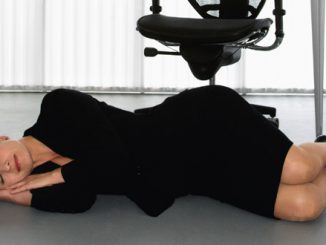
Deel van een artikel van Travis Bradberry op Forbes.com, juni 2016
Why The 8-Hour Workday Doesn’t Work
The eight-hour workday is an outdated and ineffective approach to work. If you want to be as productive as possible, you need to let go of this relic and find a new approach.
The eight-hour workday was created during the industrial revolution as an effort to cut down on the number of hours of manual labor that workers were forced to endure on the factory floor. This breakthrough was a more humane approach to work 200 years ago, yet it possesses little relevance for us today.
Like our ancestors, we’re expected to put in eight-hour days, working in long, continuous blocks of time, with few or no breaks. Heck, most people even work right through their lunch hour!
This antiquated approach to work isn’t helping us; it’s holding us back.
The Best Way To Structure Your Day
In the process of measuring people’s activity, they stumbled upon a fascinating finding: the length of the workday didn’t matter much; what mattered was how people structured their day. In particular, people who were religious about taking short breaks were far more productive than those who worked longer hours.
The ideal work-to-break ratio was 52 minutes of work, followed by 17 minutes of rest. Lees meer in het originele artikel.
Your Brain Wants An Hour On, 15 Minutes Off
People who have discovered this magic productivity ratio crush their competition because they tap into a fundamental need of the human mind: the brain naturally functions in spurts of high energy (roughly an hour) followed by spurts of low energy (15–20 minutes).
Lees het complete artikel hier.



